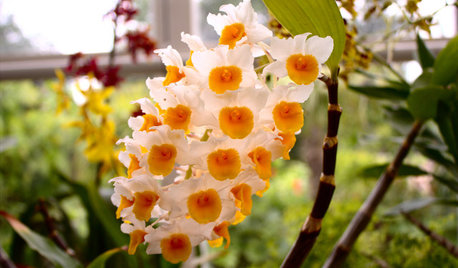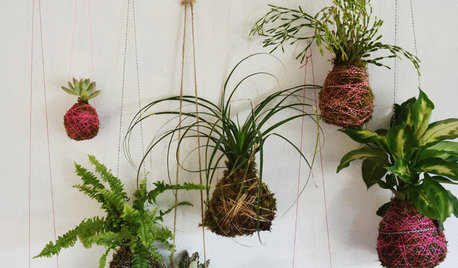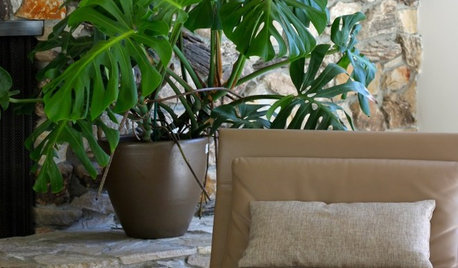Peat vs. Peat moss-is there a difference??
Giovanna_gal
18 years ago
Featured Answer
Sort by:Oldest
Comments (17)
tapla (mid-Michigan, USDA z5b-6a)
18 years agosocks
18 years agoRelated Professionals
Folsom Landscape Architects & Landscape Designers · Grand Haven Landscape Architects & Landscape Designers · Summit Landscape Architects & Landscape Designers · Brooklyn Park Landscape Contractors · Fruit Heights Landscape Contractors · Pleasant Hill Landscape Contractors · Tavares Landscape Contractors · Norridge Landscape Contractors · Shafter Landscape Contractors · Lees Summit Window Contractors · Atlanta Window Contractors · Cutler Ridge Window Contractors · Marinette Window Contractors · Pleasant Grove Window Contractors · Seminole Window Contractorstapla (mid-Michigan, USDA z5b-6a)
18 years agomarinenehs_yahoo_com
18 years agolindac
18 years agogardengal48 (PNW Z8/9)
18 years agotapla (mid-Michigan, USDA z5b-6a)
18 years agocrimpson_collies_yahoo_com
17 years agorhizo_1 (North AL) zone 7
17 years agomeldy_nva
17 years agoBlenahan_hvc_rr_com
17 years agoFlorabunga
15 years agodragonsanddreams
8 years agoSarah
8 years agoUser
8 years agoGreg Kulpanowski
5 years ago
Related Stories

HOUSEPLANTSOrchids 101: Try Something Different With Dendrobiums
If you’re looking for something out of the ordinary, these orchids may be a good choice
Full Story
HOUSEPLANTSBaby Tears Mimics Moss for a Green Accent Indoors
This adaptable spreader thrives in water or soil, making it a terrific addition to containers and living walls
Full Story
HOUSEPLANTSDIY Project: How to Make a ‘Kokedama’ String Garden
Dig in to create a simple, beautiful Japanese-inspired hanging garden
Full Story
EDIBLE GARDENSSummer Crop: How to Grow Blueberries
Plant blueberries in spring or fall for garden beauty through three seasons — and a sweet superfood in summer
Full Story
EDIBLE GARDENSWhy Grow Quince? For Beauty, Fragrance and Old-Time Flavor
Delightfully perfumed fruit and lovely spring blossoms make this apple and pear cousin worth a spot in the garden
Full Story
GARDENING GUIDESGrow a Beautiful Garden in Alkaline Soil
Got alkaline soil? Learn how to manage it and the many beautiful plants that will thrive in this ‘sweet’ soil
Full Story
DECORATING GUIDESConjure a Jungle in a Pot
Sprawling, climbing and with primitive-looking leaves, philodendrons bring untamed beauty to even the most civilized homes
Full Story
FARM YOUR YARDHow to Get Good Soil for Your Edible Garden
The nutrients in your soil feed the plants that feed you. Here are tips on getting it right — just in time for planting season
Full Story
FARM YOUR YARDHow to Grow Vegetables in Containers
Get glorious vegetables and fruits on your patio with a pro’s guidance — including his personal recipe for potting mix
Full Story
FUN HOUZZDon’t Be a Stickybeak — and Other Home-Related Lingo From Abroad
Need to hire a contractor or buy a certain piece of furniture in the U.K. or Australia? Keep this guide at hand
Full StorySponsored
Columbus Area's Luxury Design Build Firm | 17x Best of Houzz Winner!
More Discussions






username_5